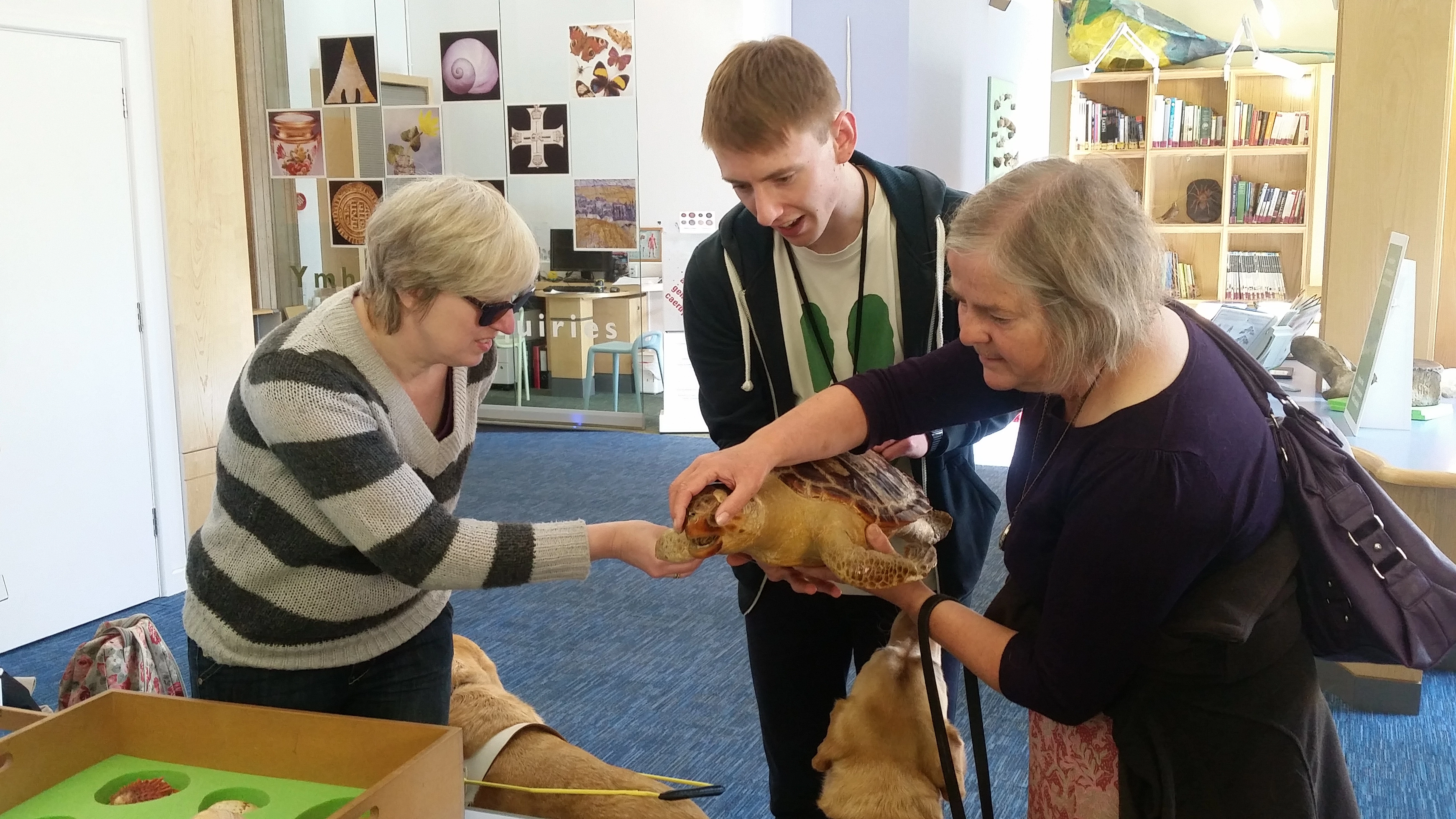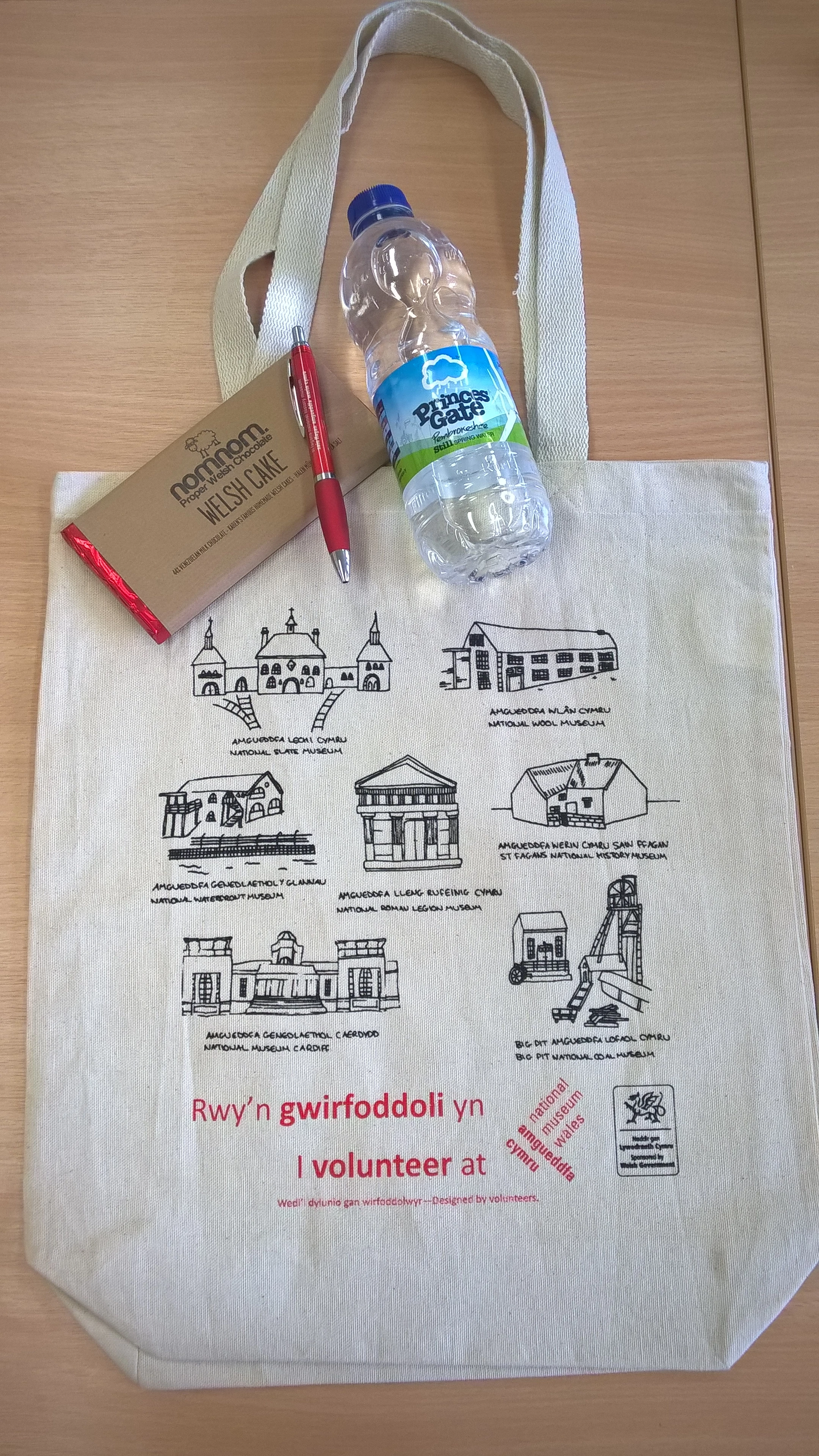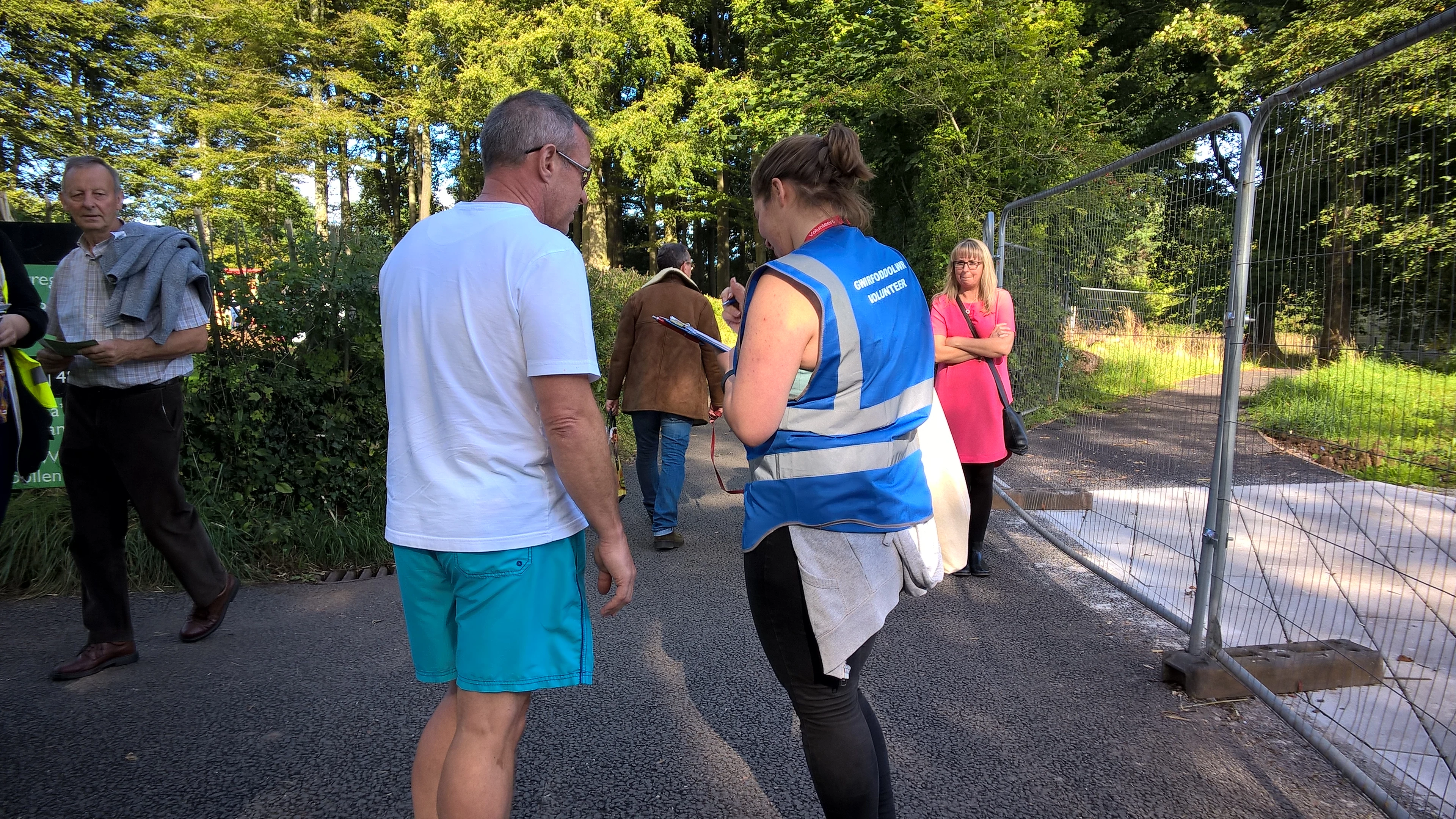....... quite literally in some cases!
Last week saw us head up to Berwick-upon-Tweed to sample for species of marine bristle worms, the shovelhead worms (Annelida: Magelonidae). The aim was to collect enough of these burrowing animals from under the muddy sand at low tide that we could contribute to our collections and additionally place some in our laboratory tank for live observations.
After closely examining one species of shovelhead worm at the museum (Magelona alleni) for the majority of the first seven months of my professional training year (PTY) from Cardiff University, and successfully finding out some exciting new behavioural traits (in press), I find myself wanting to expand not only my own knowledge, but becoming eager to contribute more to our overall understanding of these fascinating and somewhat enigmatic creatures. The more science we uncover, the more well known these species, who perhaps do not receive the same attention as some of the bigger vertebrates, become. I see this as a crucial factor to raise awareness for a preservation of the natural world in our future.
With this mantra circling around my head, my enthusiasm was bursting as we drove to the beach on our first day of sampling. Low tide was just before 8am, meaning leaving our cottage, full gear in tow, at around 6.30am. No problems, I thought. I’m ready for that chilly Northern January air. Bring. It. on. Assembled with so many layers that we lost count, we clambered out of the car ready to get onto the beach, undeterred by the eerie super moon and snow battering our windscreen as we drove to our destination that morning. We were looking for two species of Magelona in particular, Magelona johnstoni and Magelona mirabilis, known to occur in abundance in this location, where George Johnston first describer of the the latter species lived and collected worms (you can learn more about the fascinating life of George Johnston and what he accomplished at these sites: https://en.wikipedia.org/wiki/George_Johnston_(naturalist), http://www.raysociety.org.uk/userfiles/File/Johnston%20essay.pdf).
Our first dig looked promising, revealing many of the now familiar milky white, almost stringy, teeny tiny strands of magelonids. As we gently prised them out of the sand and put them into test tubes, by using seawater to gently wash the surrounding sand away in our hands, it occurred to me my hands were starting to go a little bit numb in the icy water. I thought I obviously wasn’t quite as seasoned at this as Kate, my museum mentor. Luckily we had hand warmers at the ready to dive our hands into after each dig. However, as we dug more and more both of us felt our hands turn to popsicles, and let me tell you, anyone who has ever tried to get a worm that is only a few millimeters in length into a test tube does not want popsicle hands. Over the next few hours our feet slowly turned into matching ice cubes, until we had to call it a day. Luckily for us, we had the same scenario to play out all over again the next morning.
What I haven’t mentioned yet is that despite the somewhat crisp weather, we saw some of the most breathtaking sunrises, with only the odd oystercatcher and redshank to accompany us. Along with this, we were further rewarded by the pure amount of magelonids present in such small spaces, meaning our collection was plentiful and we could take the animals back to our make-shift laboratory at our accommodation for identification, which is when you really start to see what the fuss is about with these worms. The stringy white appearance you see from afar turns into an elegant, ethereal-like animal under the microscope, with complex morphological features. Perhaps, most notably, long, flowing palps that arise near to the animal’s mouth. The number we collected means observations in the laboratory can now be started for new research. George Johnston’s description of the abundance of the animals here sure hasn’t changed much in well over 100 years. Ultimately, the moral of the story is that sometimes, the more changeling the environment, the more recompense. Who knows, maybe one day we’ll be worm hunting in the Artic!
Catch up with some other tails of a PTY student


